Are you feeling a little bit more confident that you have some plans for teaching your child both Chinese and English right now?
Today, we are going to write in DETAIL with subjects, a schedule/ routine, and activities.
This step is one of the most exciting steps because you will get to imagine how your homeschooling life will look.
Are you ready? Let’s dive in!
Table of Contents
* Please scroll down to download a Freebie.
After we set goals, print out a monthly calendar, fill it with themes, and pick teaching approaches, what is next?
You have built a solid foundation for success in the coming school year, so it is time to go into DETAIL.
You are going to pick the subjects that you would like to include, create a routine that fits you and your family, and make a collection of activities.
Then, you will be ready to buy materials and books, decorate your homeschooling room, and start school.
Subjects that You Should Be Teaching
Before you want to list out all the subjects for your kids to learn in this school year, make sure you have checked the law requirement of your States (if you are in the U.S.). Each state has its own laws and requirements, so you know what you need to teach and prepare for.
The Most Common Subjects: Language Arts, and Math
Alternative Subjects: Social Study, History, Art, Music, P.E., STEM, Science, etc…
Even though you may feel the stress of some required subjects and what lessons to prepare for them, you will be aware of how important these subjects are to know. Homeschooling is a huge adventure tailored to your children in terms of the curriculum, subjects, and schedule. And you can prepare more activities and teaching to match their learning style.
How many subjects should I include?
It depends on your child and you. There is no magic number.
Language arts and math is vital for young children, and other subjects are fun and easy to incorporate with these two main subjects. I usually have the main subjects planned, and try to incorporate other skills as well.
Then, since I’m homeschooling in both Chinese and English, I have the same subjects in both languages.
For younger kids, most of the time we repeat or recreate the activities and try to make it simple and fun for both languages. It is much easier for them to learn and understand knowledge in both languages by repeating and making connections.
But for older kids, you may not need to repeat the activities exactly. You may need to recreate or find different alternative activities, projects, or hands-on experiences to deepen their understanding for that certain subject so they don’t feel bored
I don’t like to teach many different subjects in one day. I would rather give them enough time and freedom to learn and explore on one subject while combining and integrating other skills and activities.
For example:
Monday – Literacy, Tuesday – Art & Music, Wednesday – Math, Thursday – Science & STEM, Friday – Others
- I can combine English literacy with music and story by learning the alphabet song and reading books.
- I can teach Math while we are grocery shopping by counting objects and money or sorting objects by shape, size or color.
- We love doing art because it combines well with almost any subject you want. We can paint, draw, design, and create almost anything from any material, such as papers, cardboard, play dough, sand, cotton, etc.
Create a Routine that will Fit You
I should clarify here that we are not making any straight schedule but more like a flexible routine.
In public school or at work, the schedule contains slots of time that everyone must follow exactly. For example, 7:45 am school starts, 8:00 am 1st class, etc.
The school bell rings at the end of each slot of time to remind everyone to switch and change classes and classrooms.
However, we need a routine or a more flexible schedule to fit our needs.
We have the flexibility to go over our time a little because our kids are having too much fun painting and creating a masterpiece. Or because one of my kids is throwing up and feeling sick, it’s necessary to stop school at this time and take care of those kids. Or we might skip our whole day of school to attend a last-minute ballet performance.
These are all normal and perfect examples of how having a flexible schedule for our kids helps them learn how to handle them in the future as well.
What should you consider when you are creating a routine?
- Physical health: eat a balanced and nutritious diet regularly, get enough sleep and rest, tons of playing
- Mental health: being outside, alone time
- Social: talking and playing with adults and peers, meeting strangers
- Academic: learning, exploring, playing,
These are important elements that we should include in our routine. Again, homeschooling is part of the lifestyle. Physical and mental health, Academic learning and social time are what we need for our well-being.
What will influence our length of school time each day?
- Sleep (kids will learn faster when they get enough sleep.)
- Mood (kids will also learn more efficiently when they are happy.)
- Motivation (kids are more willing to finish their tasks when they are motivated and excited.)
- Weather (it may affect their mood, the kind of activities to do, or transportation time, etc.)
- The kind of activities (the more creative activity tends to need more time to finish.)
- Any kind of accidents (sickness, accidents, etc.)
How many hours should you home-school?
This is another common question that a lot of people often wonder about. Kids in public schools have school average 7 hours per day, and kids in Hong Kong have school and after-school homework so they are in a school closer to 8-10 hours.
At the beginning of my homeschooling year, I was wondering how I can plan 3-5 hours full of lesson plans and activities every day.
That’s a lot of hours. And that’s not what I want for my kids.
I’m glad I found out it isn’t the case at all.
For young kids, each subject should not take more than 30 minutes a day. Arts and crafts usually take more than 30 minutes.
Some parents think they are homeschooling 24/7. Every waking moment is another opportunity to learn and explore the world. (Yes, I totally agree with that.)
How about you? How many hours do you home-school your kids?
Looking for the suggested hours for different ages? (I’ve got an image just above of these paragraph for you, or you can read an article HERE.)
Flexible Weekly Schedule
Next, it’s time to put the details into your flexible weekly schedule, and this is pretty much a lesson plan.
I have prepared a FREE workbook for you to do along with me. Click HERE to grab it now.
- First, fill in 1-2 subjects for each day of the week. What do you want to teach each day?
- Then, plan and write down the activities that you would like to do for each subject. For example writing numbers 1 through 10, story-time, rice sensory play, counting from 1 to 100. Once you have done the activity, you can check the box.
- Label the language you will use for each activity.
- If you are homeschooling more than one child, decide which activities they will do together or separately. I have 4 kids, so I write both of their names on the left, and divide the activities into things they do together and individually.
- In the note section, write down the English and Chinese books that you are going to use and display them in the house for that month.
Plan at least one extra activity as a back-up plan in case you have to make a sudden change because of the weather or allow for friends to show up unannounced.
You don’t have to finish and check all the boxes. I usually can’t finish everything, but it’s good to have too many ideas and plans than not enough.
We are teaching our kids not the lessons. If my kids really want to learn more about a certain topic, or if they have other suggested activities that they want to do, I will go for it and leave my plan behind. When they are actively learning something they are interested in, they aren’t interested in doing my planned activities anyways.
For craft, painting, or projects that take more time, I will give them at least an extra day to finish instead of hurrying them, but I also prepare another shorter activity in case they do really finish the task.
I also switch around the schedule if something comes up, and that is okay. We are not a traditional school, and that is the beauty of homeschooling.
Daily Routine
hat is my daily routine above, what’s your look like?
Don’t forget to make sure your child gets enough time each day doing something in both languages. These activities don’t have to be just reading and speaking activities. You can also include TV time, playgroups, chores, or outings that you do in one of the languages.
Make a Collection of Activities’ List
Have you felt like you are planning the same things over and over again?
Have you felt like you have no more ideas for activities?
Do you wonder why other people always create such great activities?
When I first started homeschooling, I was so worried about how to get teaching materials, how to plan all the activities at once, and how to buy all the materials and organize them in my tiny apartment.
There are so many things you can do all the time that work just as well I feel overwhelmed all the time for trying to do everything at once.
But that’s impossible! Even I may be a super mom, but I have no real superpower.
So we must learn to prioritize, and cross of the most important tasks first. We may end up letting go of some of the unfinished tasks, but that means those tasks can wait for the next day or so.
Same as homeschooling. You may ask yourself: What is the most important thing to accomplish today?
If you forget or are not sure, you may want to go back and look at your long-term and short-term goals.
- Finish preparing all the materials and printable?
- Finish decorating and organizing your home-school area?
- Try to figure out the best routine and schedule to fit your family?
- Finish planning the perfect plan for the coming school year?
- Finding the perfect curriculum for everyone in your family?
Keeping records, collecting and updating my list of activities is one important task in my homeschooling planning.
In order to keep myself creative, and ready to teach all the time, keeping my list of activities is my top priority.
Why will having an activity list save your planning time in the long run?
The Benefit of Having Activities in Your Lesson
Ideas of activities are like flowing blood in our bodies. It gives our homeschooling and education life.
- Making the connection of the knowledge to the real world
- Engaging the learners in a more natural way
- Fun!
- Creating memorable and hands-on experiences for the learners
- Easy to remember
- Keeping the learners’ curiosity and thinking deeper and wider
Advantage of Having a Huge Activity List for Planning
- You can look it up whenever you want in your Activity Library
- When you have a brain freeze and no idea, simply open up your Activity Library to get inspired.
- Your own Activity Library will contain the type of activities that you like, so save you time browsing other unrelated websites and get distracted.
- Easy to share your ideas with others
How do I Collect all the Activities Ideas?
You don’t need anything fancy – simply put one or two extra pages in your planner, and start adding activities to your list.
Thanks to all the amazing technology we have access to, such as Pinterest, Facebook Groups, Instagram, YouTube, it is easy to gather and collect ideas.
Here are 5 ways to collect and organize your activities ideas:
- Notebook, bulletin journal (Traditional way: using paper and pen)
- Word Document, Excel, Notepad, etc… (Make different categories of activities, and list them out and put the link down)
- Build a folder system on your computer (Make a lot of folders and subfolders to save all the downloads and pdf files )
- Using the cloud, such as Google Drive (Same as above, but you can access them on any device. You can even share folders with others.)
- Pinterest (Make different boards as your categories, then find and add pins that you like.)
Where Do I Get All These Activities and Lesson Ideas?
These are the most common places for me to get inspired and gather ideas for my lessons. I love browsing them for new ideas and lessons after my kids go to bed.
How are you? Where do you get inspired for new ideas?
- Facebook Groups
Facebook Groups
Facebook groups about homeschooling, raising bilingual children, different methods of homeschooling, etc can give you tons of ideas for activities, crafts, circle time, or pretty much anything you would like to do with your child during school time.
From your Facebook Account:
1. Go to EXPLORE >>> Groups
During your planning time, spend an hour to search and gather different ideas that you could use during the school year.
If you have any specific topic, you can always use the SEARCH BAR in the FB group too.
*Join my Free Facebook Group to connect and share ideas for homeschooling Chinese and English for Young Children.
Pinterest is a much easier search tool than Google sometimes because it has attractive pictures for you to look at right away.
Also, after you create an account, you can follow people that you like and create your own boards to collect homeschooling ideas and activities that you would like to remember.
This is what you will see when you are in your Pinterest account.
I group and categorize different boards with topics and subjects that you need and interested in.
For example, I create separate boards for all the subjects and skills that I would like to teach my kids (e.g. Math, Chinese, English, Reading, Writing, Free Play, Playdough,etc.).
I also have boards for myself and my family (e.g. homeschooling info., homeschool rooms, parenting, raising bilingual, lunch for kids, etc.).
Pinterest is amazing!!
I encourage you to FOLLOW my Pinterest account to get more updates and printables that I create, because I spend quite a bit of my time looking for great content of teaching Chinese and put them into my account. If you follow me, you’ll be able to see them too!.
OK! This is almost the end of this series. I hope you enjoyed it and have learned new things that you are ready to start planning for your kids.
Please let me know some of your biggest takeaways from this post or this series.
Don’t forget to get the FREE workbook for this series. I designed an activities list too.
Tips
- Plan more activities and fill in the details about 1-2 weeks ahead, so you will have time to prepare and gather art supplies, reserve tickets, or borrow books from the library.
- Consider things you and your kids love to do that are age-appropriate activities.
- Consider different ways to teach different subjects: One subject per week, or per month.
- Allow your kids to pick their subjects to learn often
- When you are teaching your child’s least favorite subject, don’t give up and panic. Try a different learning style to incorporate with that subject. Find a tutor or join a homeschooling co-op group to find more ideas. Even talking to friends and families can help as well.
You Might be Interested:
- An Interview about My Homeschooling life in Hong Kong
- Homeschooling in Hong Kong: The Fortune Cookie Mom from Honey! I’m Homeschooling My Kids
- Teaching Chinese with Theme-Based Approach: Chinese Theme Packs
- How to Start Teaching Chinese at Home
- How to Create a Relaxed Toddler Daily Schedule from Learning Through Experiences
- How to Create a Quiet Time from One Determined Life
- What Happened When you Create and Stick to Routines from Everything Just So
- How to Create a Routine: What Programs Work and What Don’t from Organized Motherhood
You Are Not Doing it Alone
Join my Facebook support group to meet and get connections with parents and educators with the same goals.
<<Don’t miss our BONUS post on 10 Tips from the Experienced Bilingual Moms >>
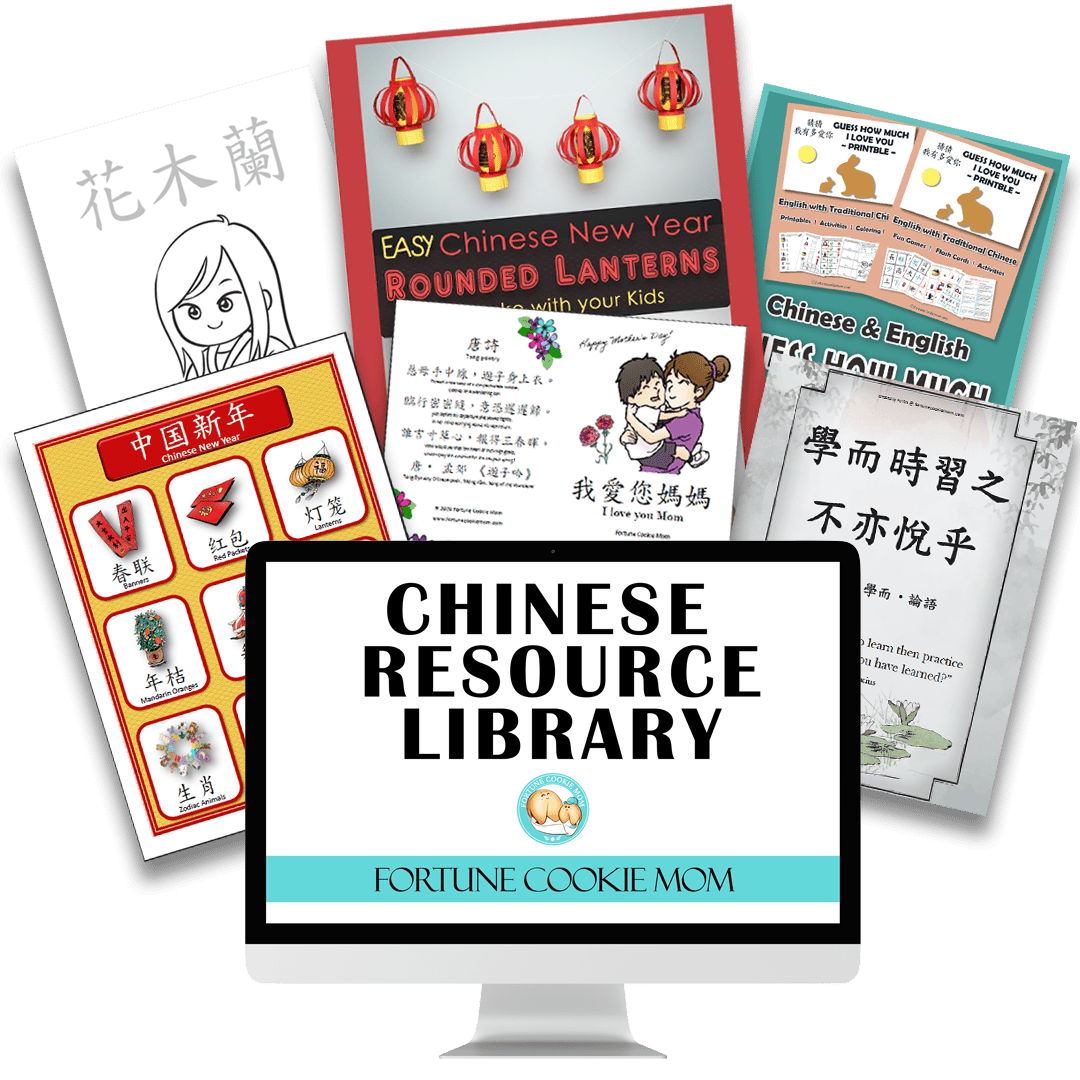
身为职业妈妈的我,常常牺牲睡眠来自作教材。版主全方位学习的新年教材真让我省下不少宝贵的时间找资料。四岁的女儿对中文学习有点抗拒。我们善用版主提供的迷你故事书和生字卡来增强她对语文的认识。版主的中文单词棋盘游戏更让女儿投入学习, 因为她想赢嘛!版主的教材可让小孩边玩边学, 太棒了。
This is the second 5-Day Challenge that we have done with Fortune Cookie Mom. Both have been very beneficial to our family. I am a homeschool mom of three little kids. We are not Chinese and do not speak any Chinese. With the help of Fortune Cookie Mom, we are slowly learning! The challenges have given me fun activities to do at home with the kids. Each one has reignited my kid's interest in learning. It has been a fun experience for everybody!

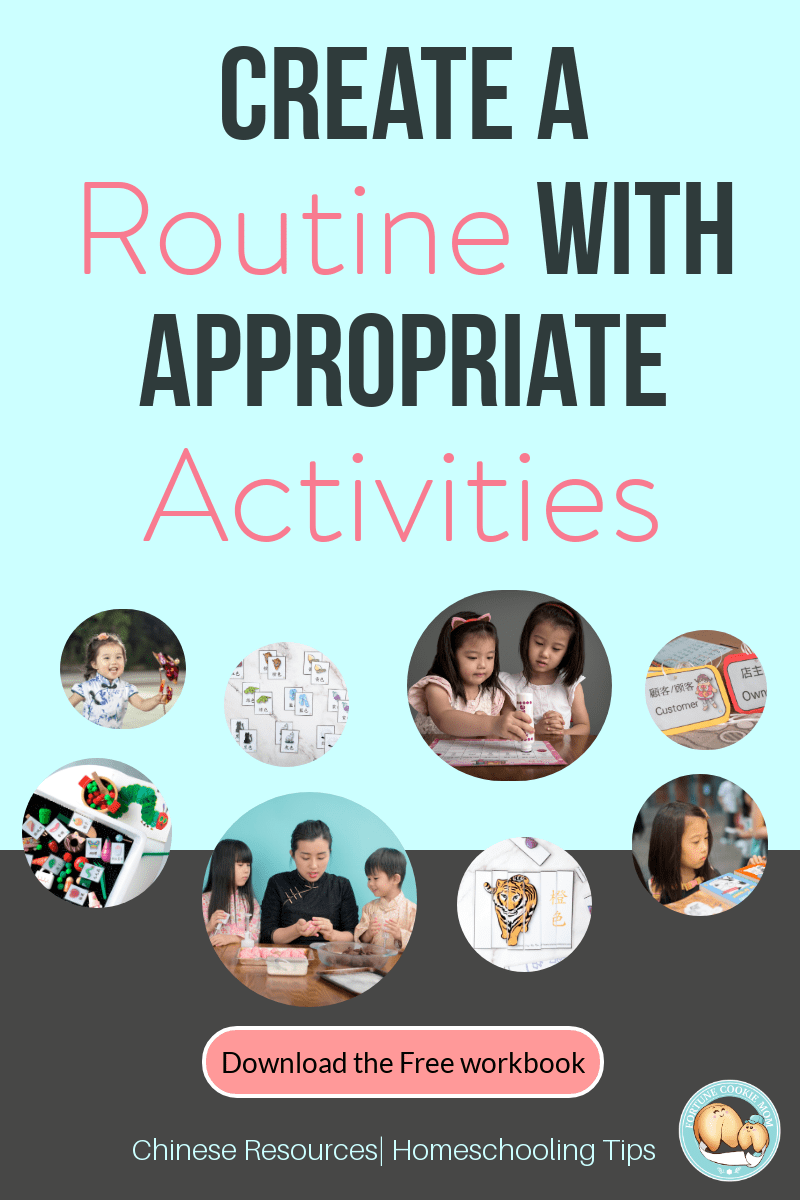
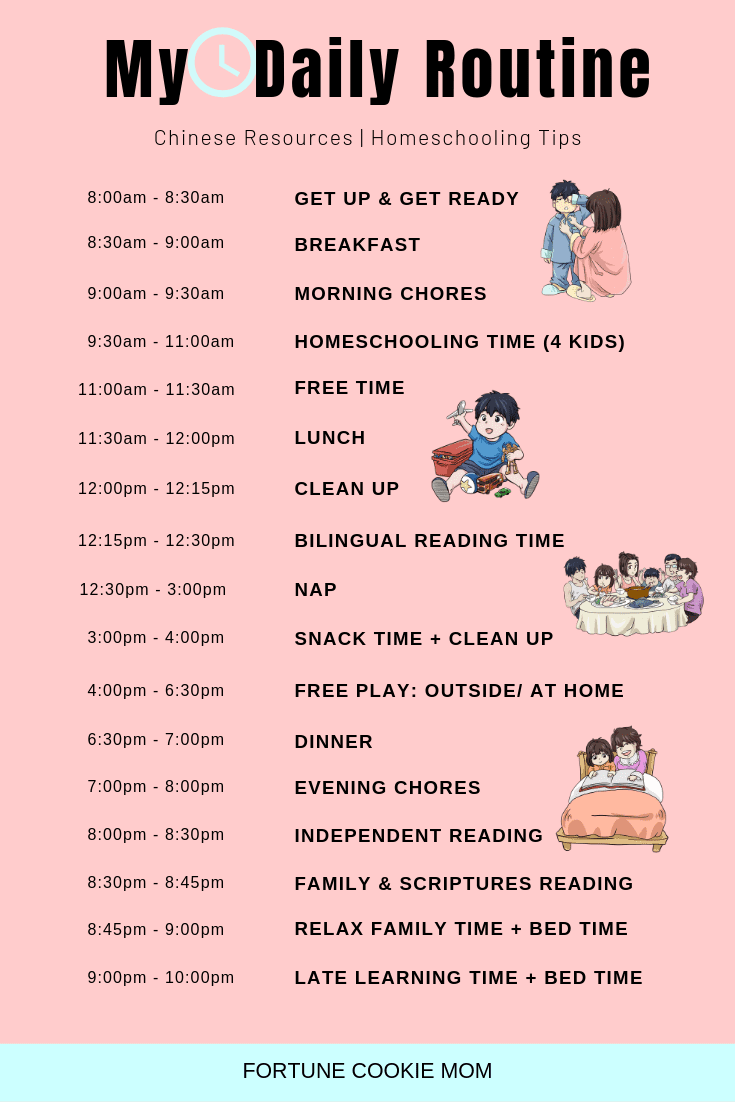
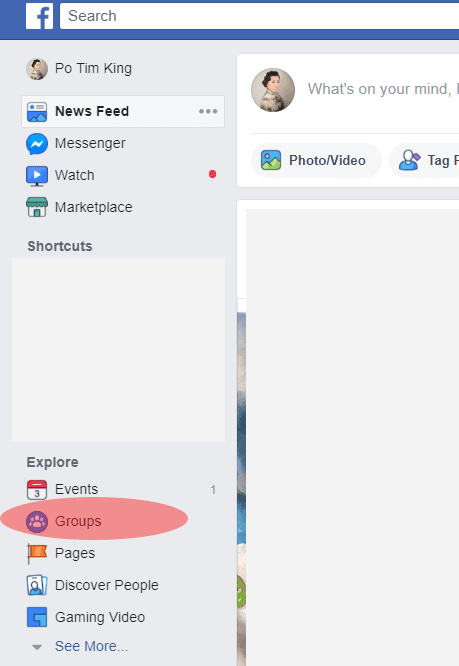

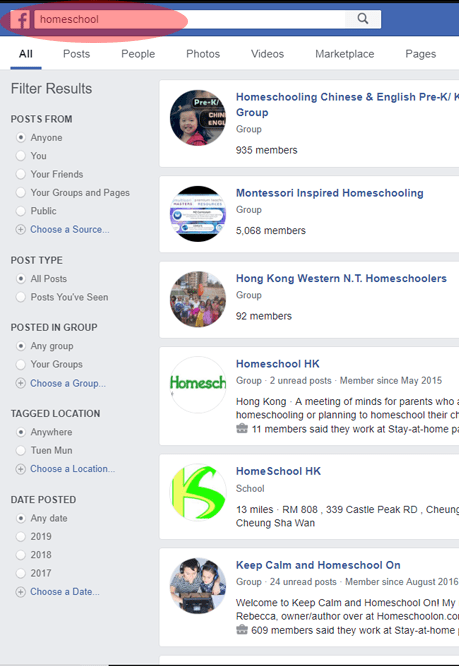
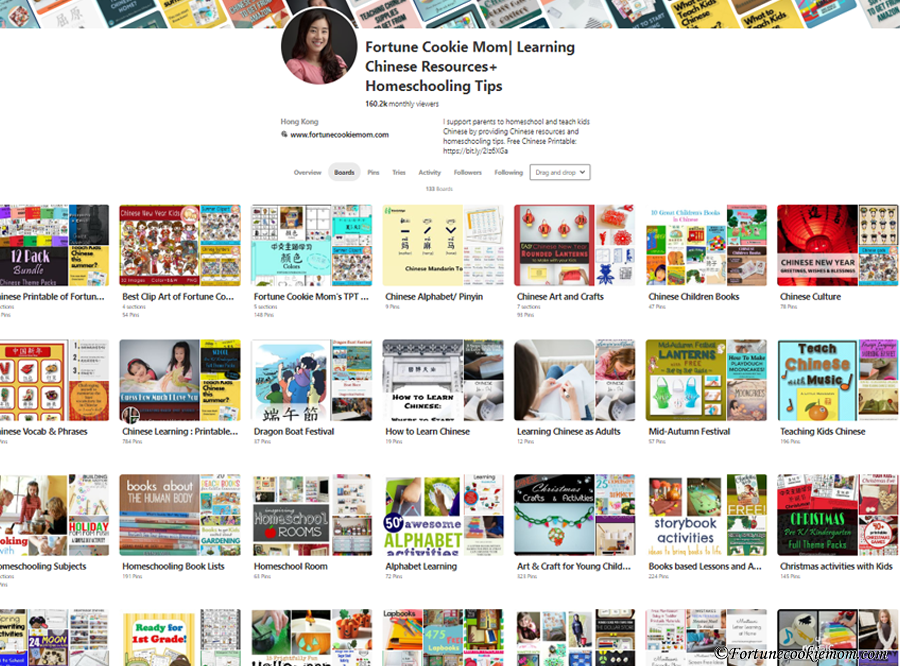


0 Comments